“Tiny Dancer”
Written by Elton John and Bernie Taupin
Videos by American Songwriter
There are songs that create an immediate impact on the listening world, and there are others that take a little time to make their mark on the public consciousness. Consider the example of “Tiny Dancer,” words by Bernie Taupin and music by Elton John, the opening track on John’s 1971 album Madman Across The Water. Elton didn’t even release it as a single in the U.K., and, though it was a single in America, it didn’t make much of a dent, reaching only #41 on the charts.
So why wasn’t it a hit the first time around? The simplest explanation is that the radio edit for the song, which clocked in at longer than six minutes on the album, took away much of what made it great. The edit robbed “Tiny Dancer” of the subtle musical progression that takes it from John’s solo piano and vocal at the beginning to the inspiring string arrangement of Paul Buckmaster that carries the song home. Along the way, there’s some pedal steel to add just a touch of country and a choir to take the song gently into gospel territory.
It’s a stellar performance by John as well, so truncating even a second of that was a crime. He builds his vocal right along the music, starting a bit reserved, climbing through the middle section in anticipation, and then finally exploding in the chorus in that trademark high-pitched croon. (And no one has ever made the word “auditorium” sound so melodic.)
Luckily, for the song’s sake, the AOR format that took hold on FM radio in the 1970s allowed for more leeway in terms of length. Thus “Tiny Dancer” began to be heard in its proper form by those who didn’t already own the album. Its popularity grew in kind, to the point where it became a staple of classic rock and easy listening formats as well.
As a result, more people had the chance to try and unravel the mysteries of Bernie Taupin’s lyrics. What exactly was going on here? Just who was the beneficiary of this beautiful tribute? And why indeed was she so darn tiny? What is “Tiny Dancer” about?
What is the meaning of “Tiny Dancer”?
The obvious answer seemed to be that the song was written about Maxine Feibelmann, Taupin’s first wife, who was indeed a “seamstress for the band.” After all, the credits for the song on the Madman Across The Water album end with the phrase “With love to Maxine.” But dedicating a song to someone and writing a song about that person are two different things, and Taupin clarified the confusion in an interview with Rolling Stone which he quotes on his website.
“We came to California in the fall of 1970 and it seemed like sunshine just radiated from the populace,” Taupin says. “I guess I was trying to capture the spirit of that time, encapsulated by the women we met, especially at the clothes stores and restaurants and bars all up and down the Sunset Strip. They were these free spirits, sexy, all hip-huggers and lacy blouses, very ethereal the way they moved.”
“They were just so different from what I’d been used to in England,” Taupin continues. “They had this thing about embroidering your clothes. They wanted to sew patches on your jeans. They mothered you and slept with you. It was the perfect Oedipal complex.”
Taupin’s lyrics effortlessly bring these women to life by amalgamating them into a single “blue-jean baby” who captures the heart of the narrator. She floats among her surroundings seemingly unaffected, handling even the rougher aspects of it with a shrug: “The boulevard is not that bad.” Her charms are never more evident than in the immortal lines about her reaction to her favorite song: “The words she knows, the tune she hums.”
What seems like an ephemeral relationship is anything but that, as is made clear when the chorus comes around and John belts out “Hold me closer, tiny dancer.” With the combination of the stirring music and Elton’s powerful vocal, it’s one of those cathartic moments that only the best rock ballads can produce.
That emotional release is just what director Cameron Crowe latched onto when he cast the song in a crucial role in his definitive film about the rock and roll life, 2000’s Almost Famous. At one point in the movie, the fictional band Stillwater is at the end of its tether due to infighting and its lead guitarist’s drug-induced freakout at a high school party. As a tense silence hovers over the tour bus, the drummer slowly begins banging out a familiar beat and, one-by-one, band members and groupies begin singing the words to “Tiny Dancer” until they’re all screaming out the refrain. Fences are immediately mended because the song has reminded them just why they came together in the first place.
Such is the power of this song whose longevity and impact has long since overwhelmed the initial humdrum reaction to it. But one mystery remains. Luckily, Bernie Taupin has the answer.
“Why ‘Tiny Dancer’? Well, I guess that’s just poetic license. It just sounds better than ‘small dancer’ or little dancer.’”
Indeed it does.
Want to play piano like Elton John? Learn the keys with one of the best piano learning apps, designed for a seamless learning experience.


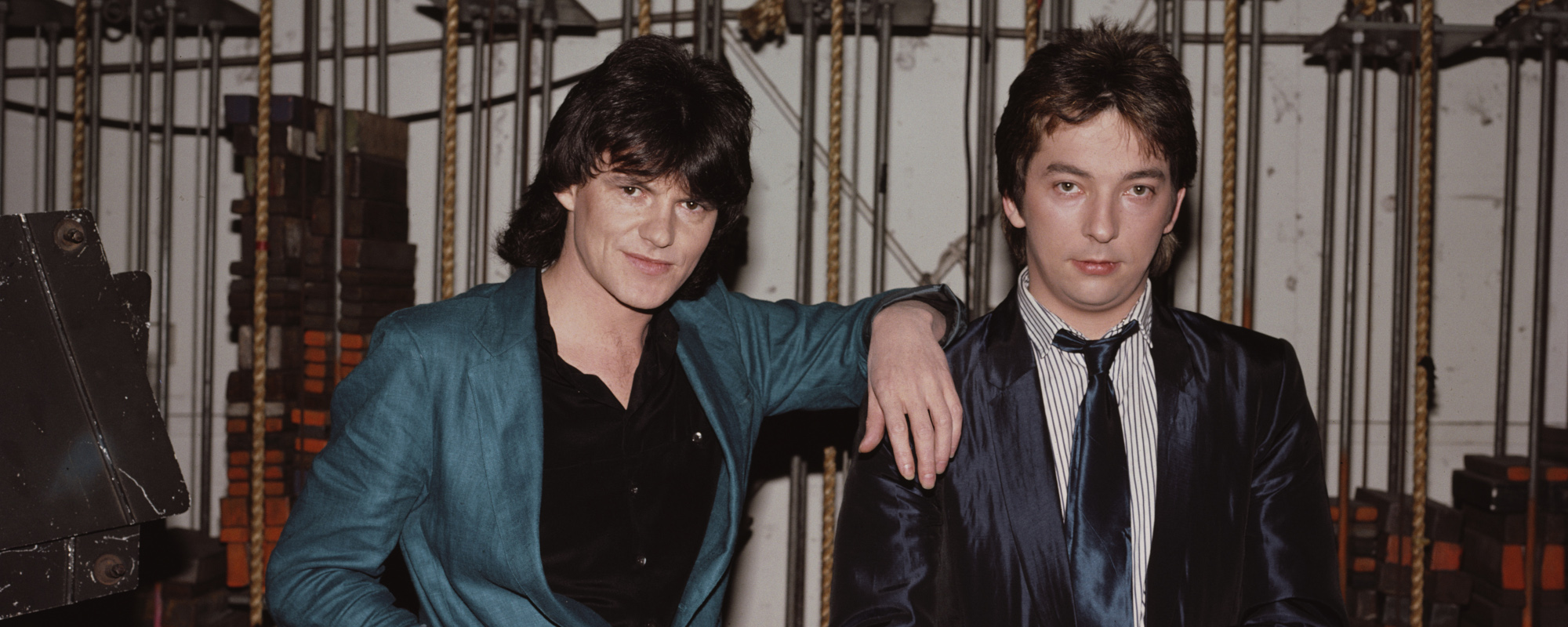
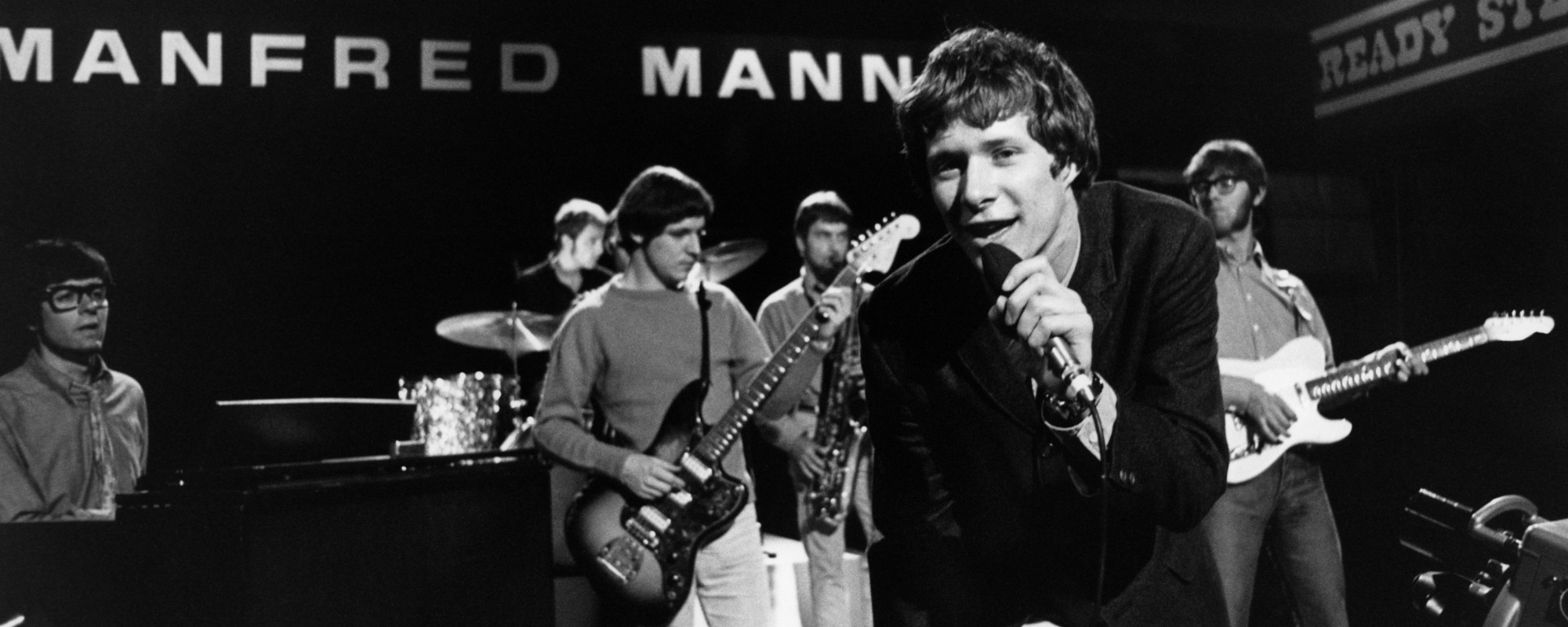
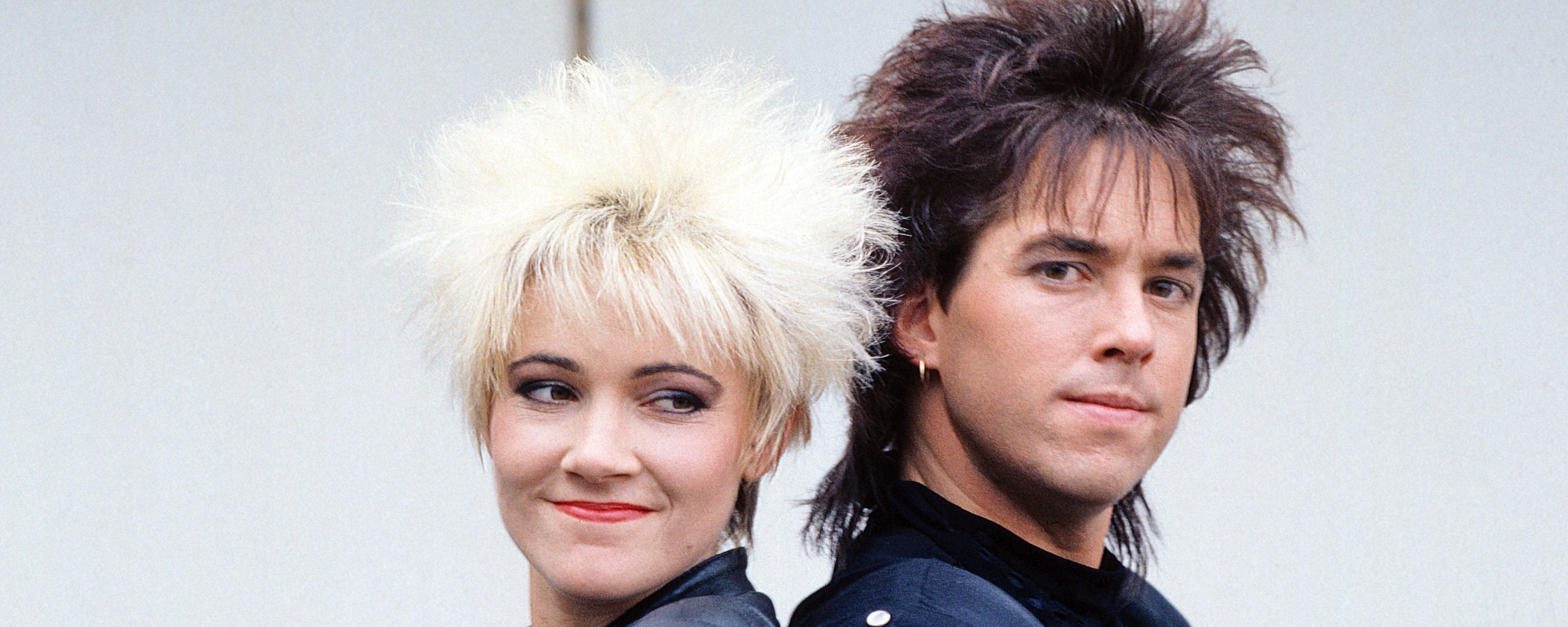
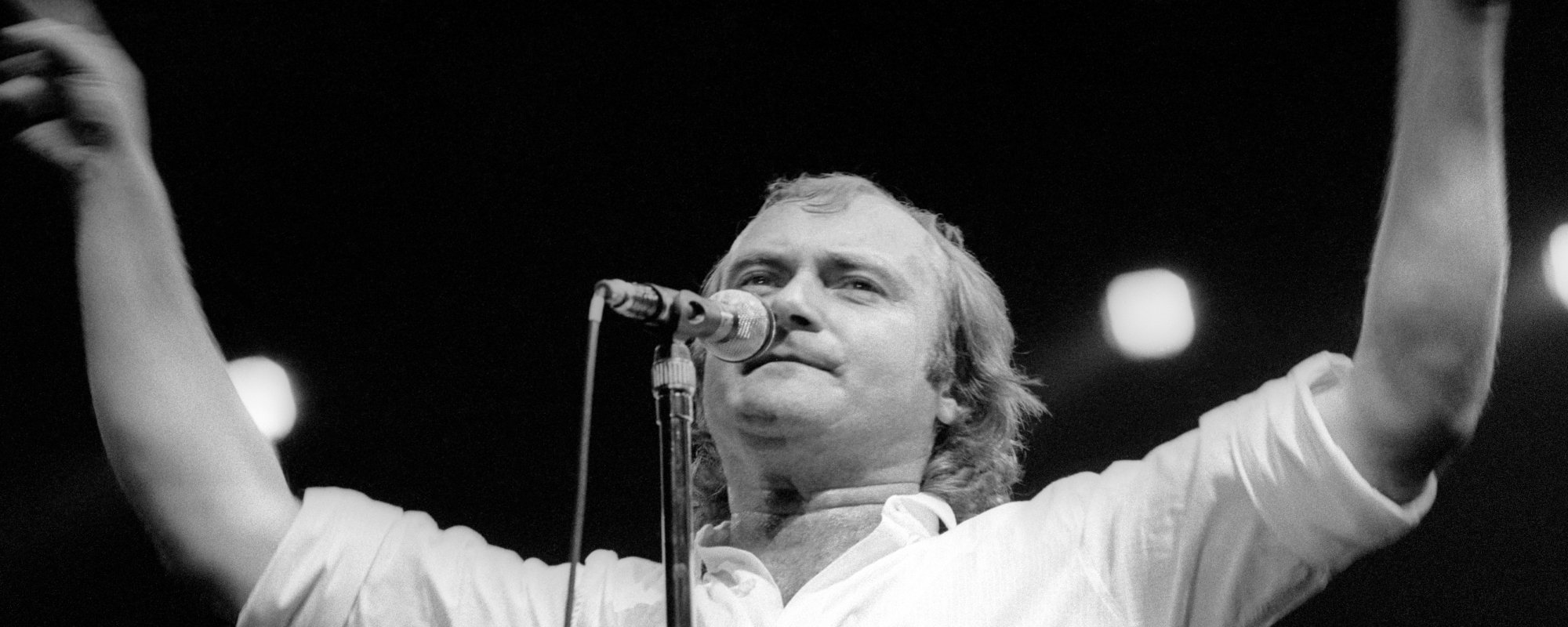
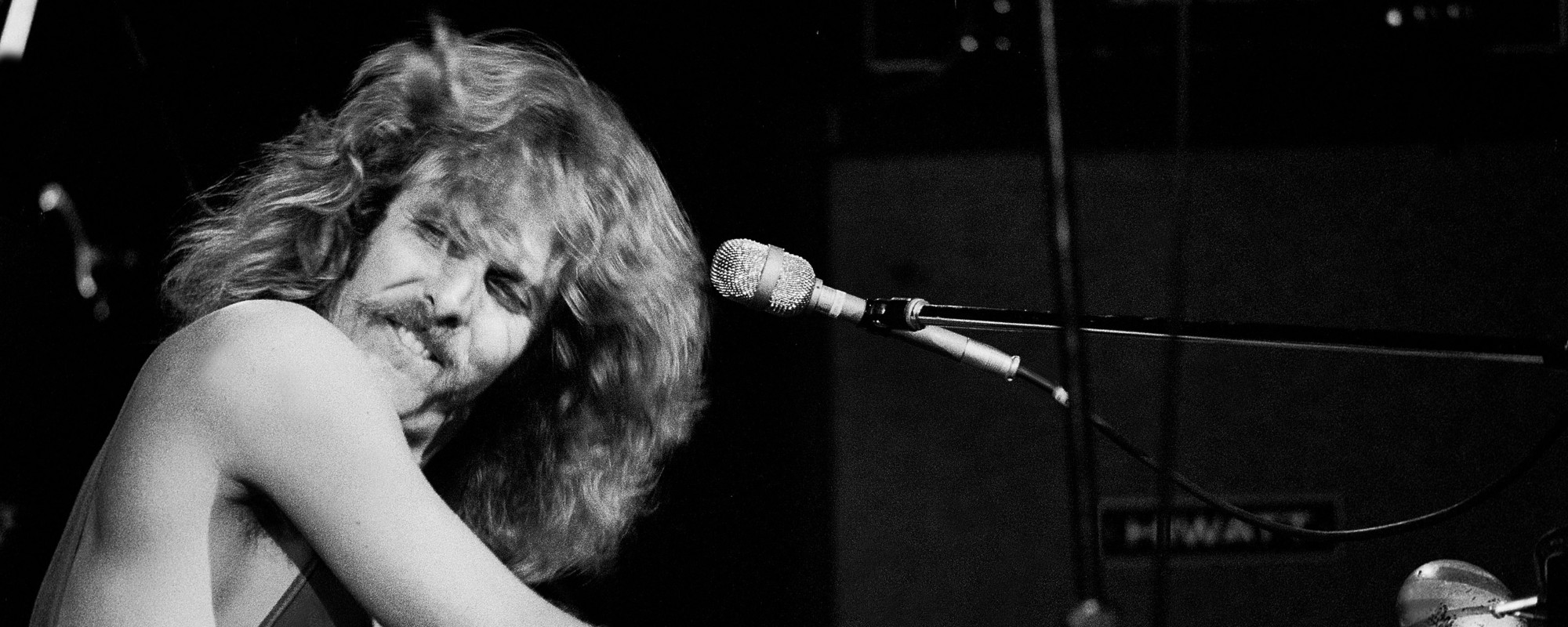







Leave a Reply
Only members can comment. Become a member. Already a member? Log in.